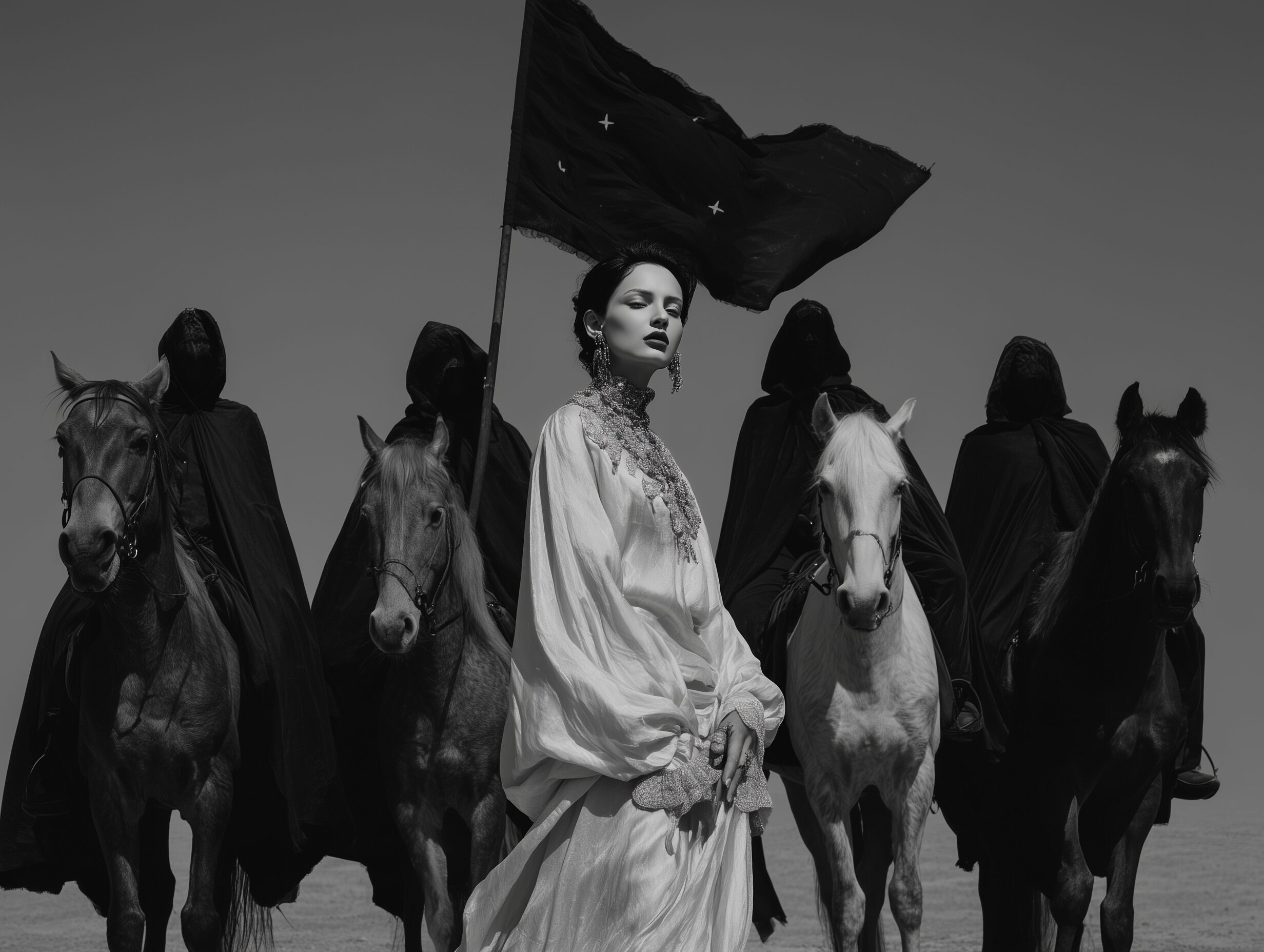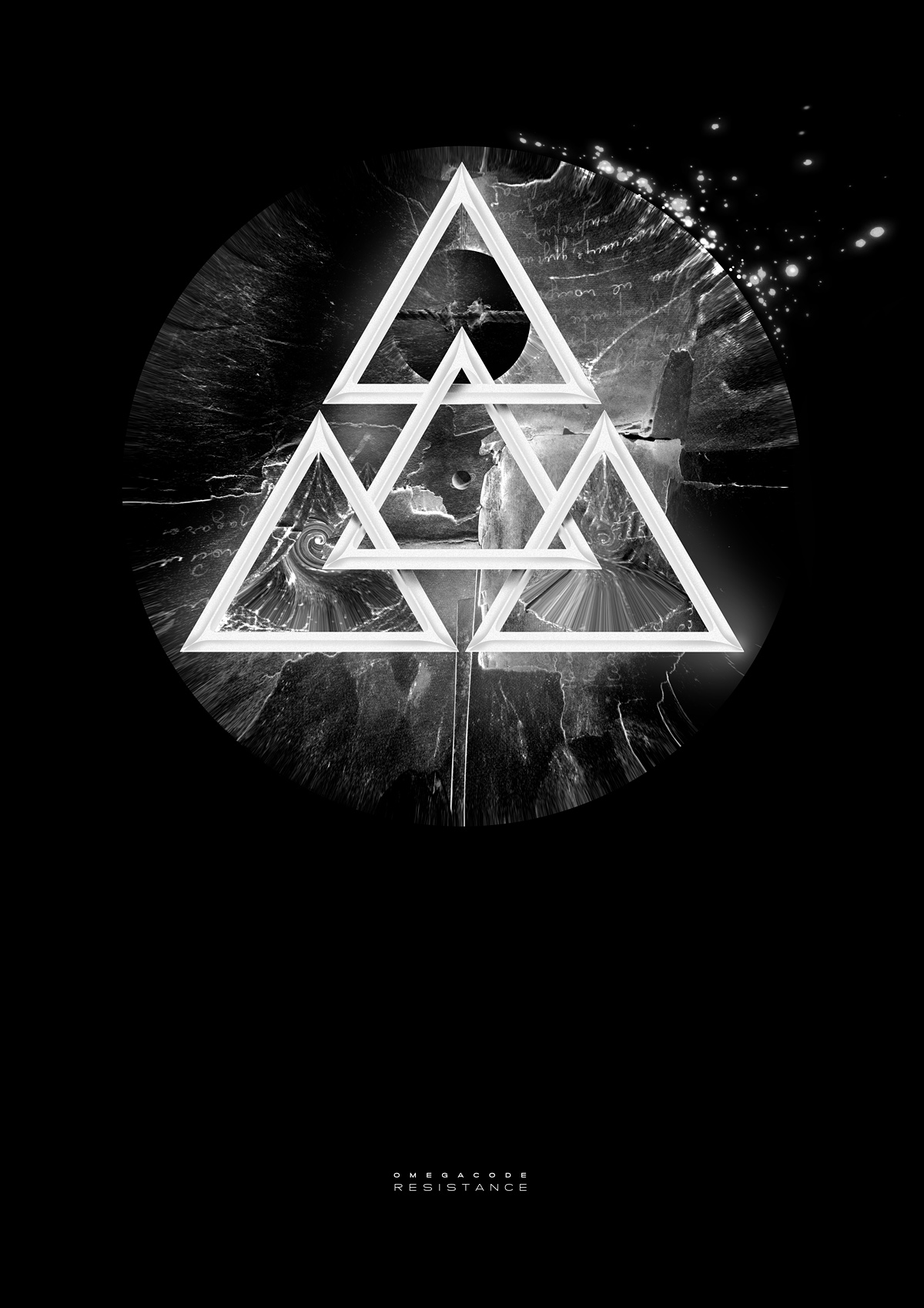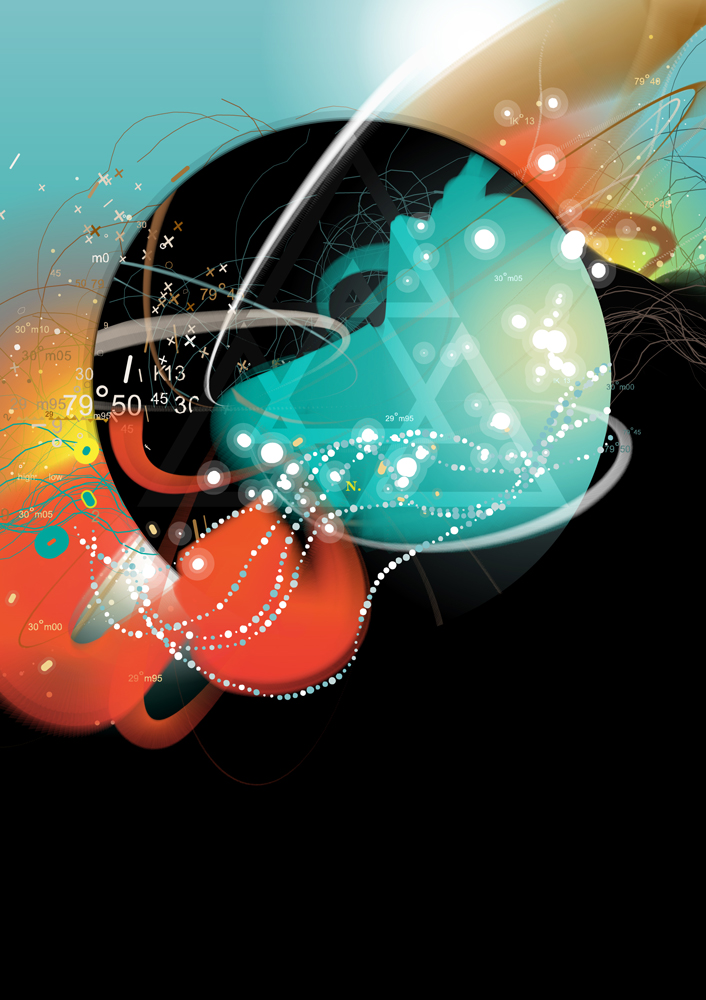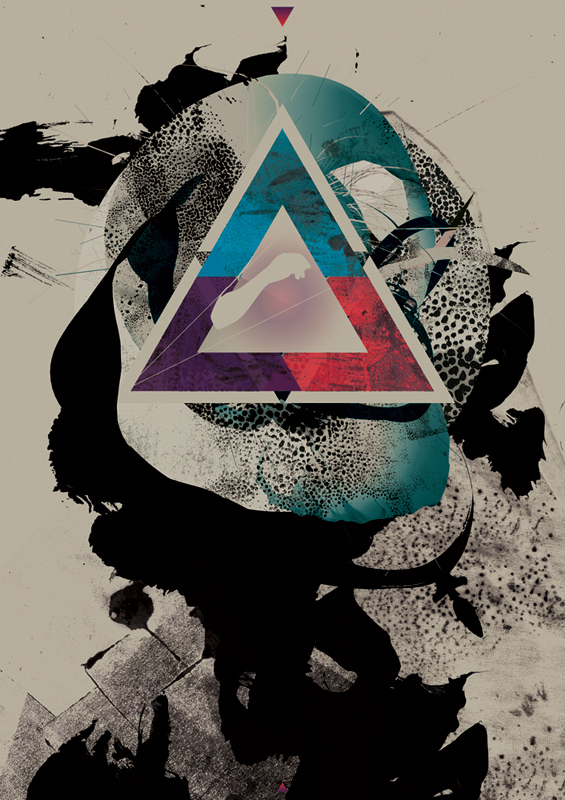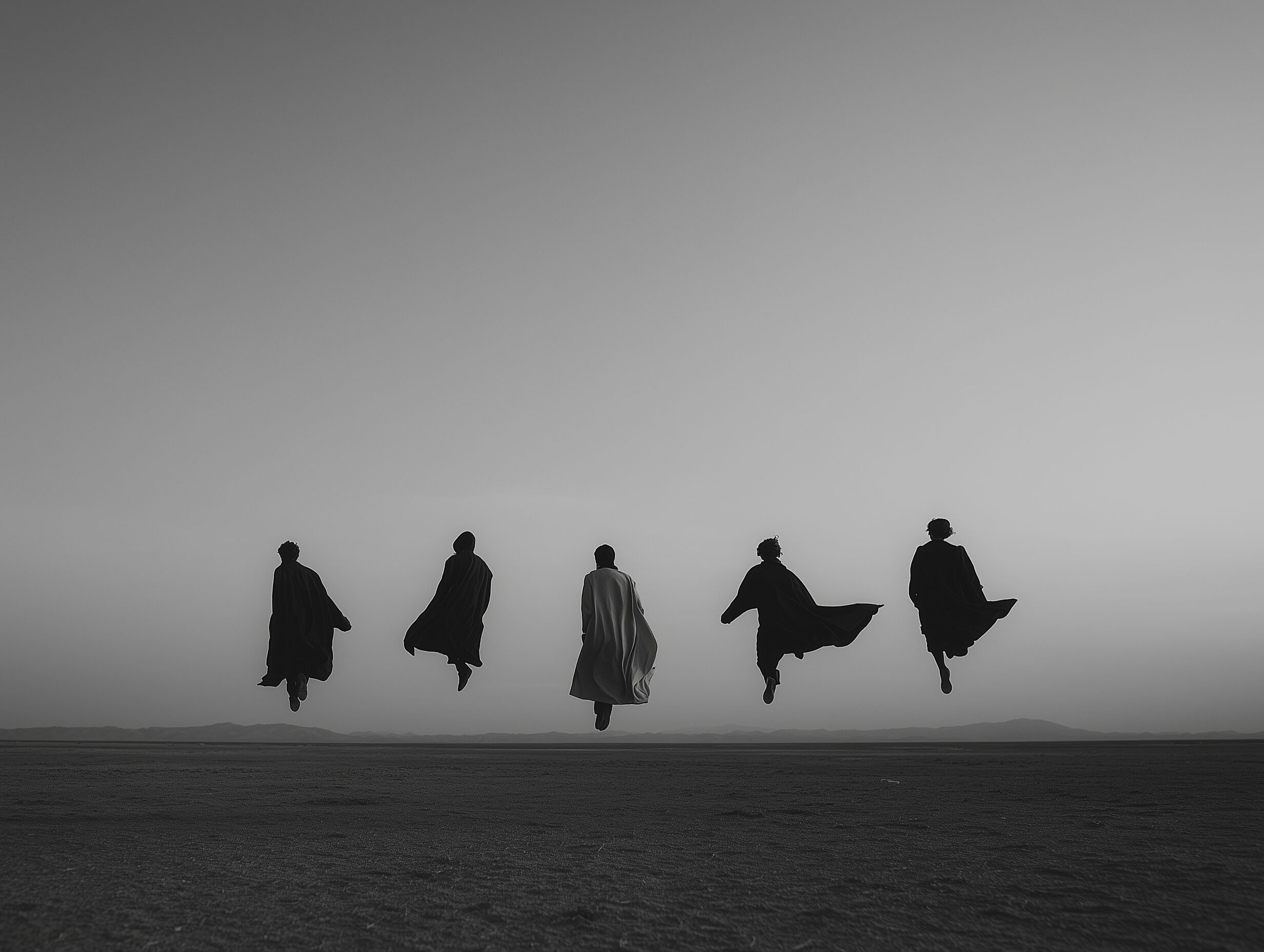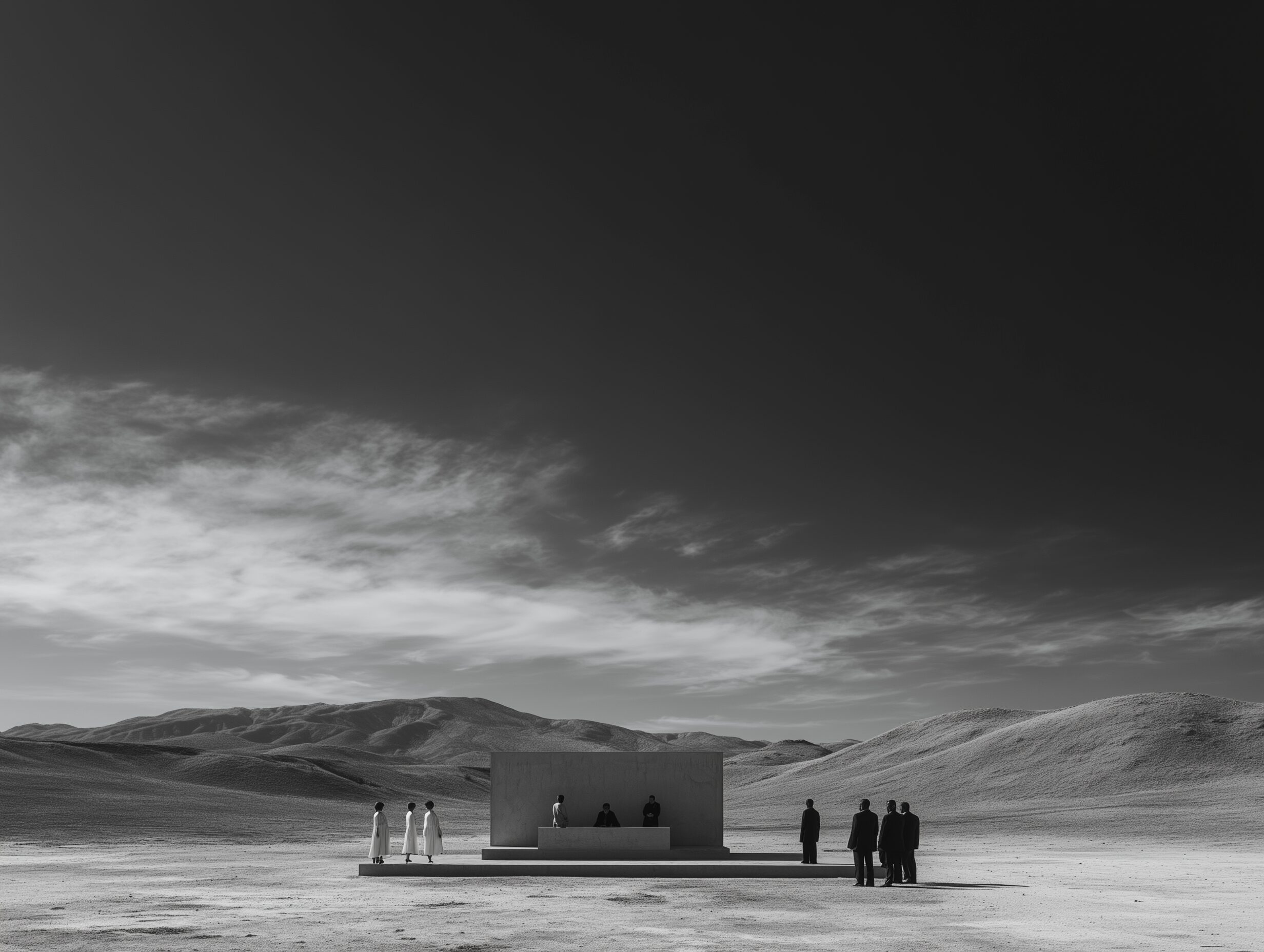
This is a trend subject, ultra-processed, and even if new, it’s getting worn out before reaching its peak. Nevertheless, there’s still interest, and some might not be looking at the core of the issue.
We’re shifting towards the age of AI, where everything can be produced in the blink of an eye. What will be left for the creatives when people lose sight of what is artificial and what is authentic? Of course, the live performances will still be relatively significant, but what about products or services based on creative assets? Where is the music industry heading? Will the film industry survive? Custom AI-ads might even knock out the advertising market as a whole. There might not even be work for ghostwriters.
Now, after an apocalyptic intro, let’s dig into what the real deal is with AI in the creative field, because people might freak out about the possibilities of oblivion, including me. Still, I have a different perspective on why the creative business might struggle, but for a better cause. If you look back in history, you will notice that technology created more jobs than it eliminated, creating new fields, shifting people to new media, atomizing production, and even creating new art forms, such as cinema and animation. The internet brought new ways to create advertising, and hey, we didn’t even have social media a few years ago, which made many jobs, not fewer.
Skilled and creative people have managed to navigate every technological shift, and this time isn’t any different. However, I must acknowledge that this time the technology is tackling the skills, not just the format. This is where the worry and anxiety kick in, because it’s not just about adapting to new tools, but is a different approach to how to think as a whole, not a mechanical issue. The way artists relate to the tools might differ from now on, not because they won’t be able to produce art, but in how to make their art relevant. As we all know, the more available a product is, the less valuable it is. This happened to music recently, initiated by Napster and ending up now with Spotify. The medium shift made music a commodity. Production costs have fallen significantly, and producing music with AI now has a value close to zero… unless there’s added value.
And here’s the point I want to reach: added value. AI can’t produce value. It can reduce costs, but can’t add value. Value is added with intention. AI doesn’t have intention. It can’t even prompt itself without imagination. The reality is that AI isn’t even close to a human mind yet; even if it can produce impressive results, the technology is still far from dreaming.
The challenge lies in adding value and intention, and without character, knowledge, and taste, it won’t be easy to compete. A person might even use AI to produce content and imbue it with relevance, but only if the person adds purpose to the art. Therefore, those who are art history-savvy, with proven taste and rhetoric, might thrive, but those with technical skills yet lacking in communication skills are more likely to struggle. Being able to manage all that data with human imagination is already proving different, and it will only get better as technology evolves. As Walter Benjamin noted nearly a century ago, “The uniqueness of a work of art is inseparable from its being embedded in the fabric of tradition.” People, not machines, weave that fabric.
In some ways, this dystopian future might shake the creative world, not to steal jobs, but to actually make creatives prove a point on why their art has value. The value might be the person themselves, their philosophy, or even physical traits; however, one thing will be required the most: their soul. AI doesn’t have a soul; people do, and their art thrives when people notice their soul. A musician shouldn’t play just for the sake of playing; they have to add their soul to it, as does the painter, the writer, the actor, the filmmaker, etc.
Once again, we are going back to the core: the anima. Everything goes back to this. Technology will keep evolving. Tools will keep improving. But the hunger for meaning (as Viktor Frankl famously pointed out), for connection, for something that feels human—that won’t change. That’s the constant. And as long as that hunger exists, there will be room for those willing to feed it with something only they can offer. Not perfection. Not efficiency. Presence. Art will always remain with the relationship between the author and the audience. Fewer transactions, more relationships. That’s not a downgrade. That’s a return to the original deal.

